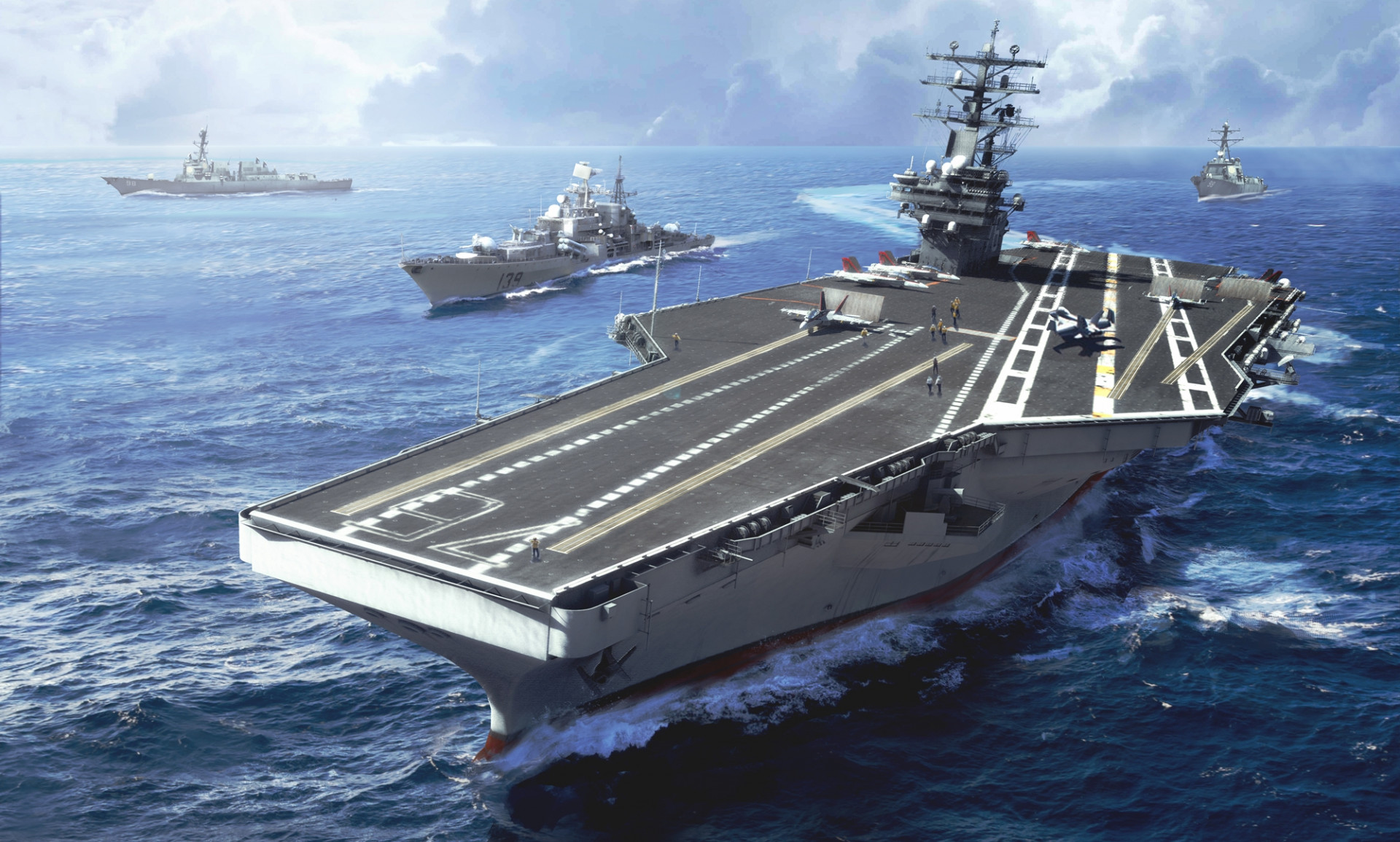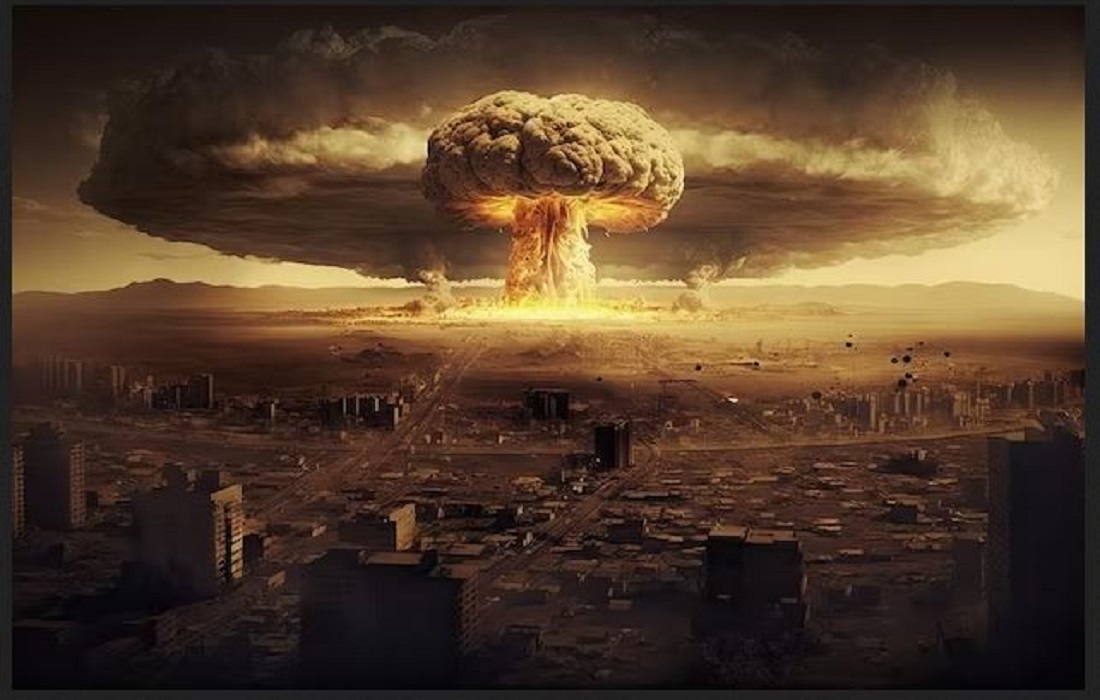Aircraft carriers hold significant importance in modern warfare, often referred to as the key to controlling the seas. These colossal warships serve as mobile airbases, allowing nations to extend their military reach across international waters.

Each aircraft carrier boasts a spacious flight deck, from which various types of aircraft can launch into the sky. These carriers also house maintenance facilities, nuclear reactors, ammunition storage, and all the necessary provisions to sustain thousands of soldiers onboard. The design of the flight deck includes short runways that enable aircraft to achieve high speeds for takeoff, making it possible to conduct military operations safely.
One notable feature of aircraft carriers is the use of arresting gear, which consists of hooks and cables on the flight deck. These mechanisms are employed during the landing of high-speed aircraft, allowing them to rapidly decelerate before reaching the end of the flight deck. Some aircraft carriers even feature a curved or angled portion at the front of the flight deck, which aids in facilitating aircraft takeoff and landing.
It may come as a surprise that only 14 countries worldwide possess aircraft carriers, and the total number of these warships currently afloat is 40. Among these, the United States claims the largest share, with 22 aircraft carriers in its naval fleet. Some of these carriers are powered by nuclear reactors, which provide several unique advantages. They can operate continuously for up to 20 years without needing to replace reactors or refuel, significantly extending their operational lifespans.
The history of aircraft carriers spans over a century, with their inaugural use dating back to 1911. These naval giants have played pivotal roles in various conflicts and continue to be a cornerstone of modern military strategy. One notable historical event occurred in 1914 when Japanese warships, armed with aircraft, made a significant impact in the Battle of Tsingtao by attacking the German fleet.
In contemporary times, aircraft carriers are invaluable assets for nations seeking to project military power and maintain control over vital sea lanes. As global tensions persist, these colossal warships remain at the forefront of modern warfare, showcasing their enduring significance.
